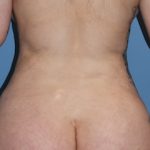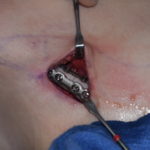Alar Base Reduction (Nostril Narrowing) In Rhinoplasty
Reduction of wide or flaring nostrils is often done as part of a rhinoplasty and occasionally as a stand alone nose reshaping procedure. When done as part of a rhinoplasty, it is always done as the last step in the procedure as nostril flare may appear less when nasal tip projection or rotation is increased. Read More…


